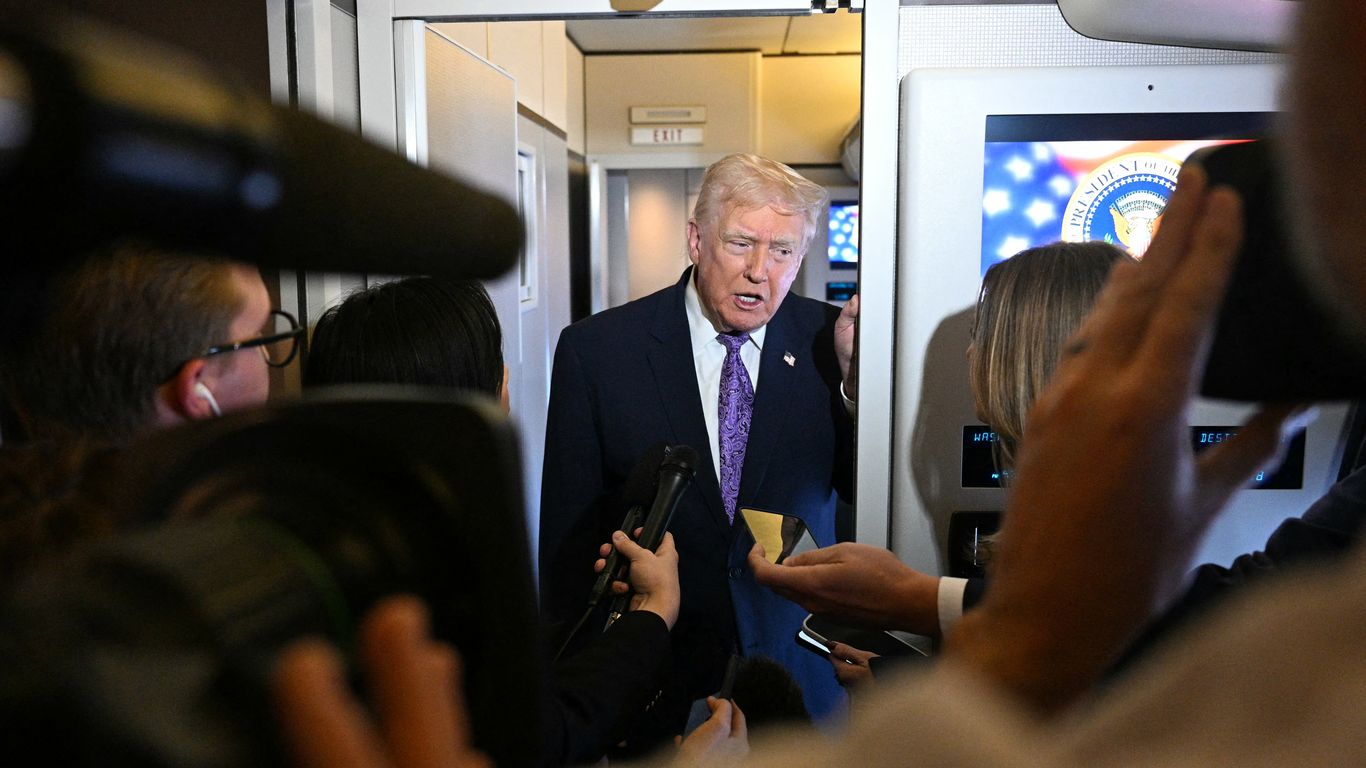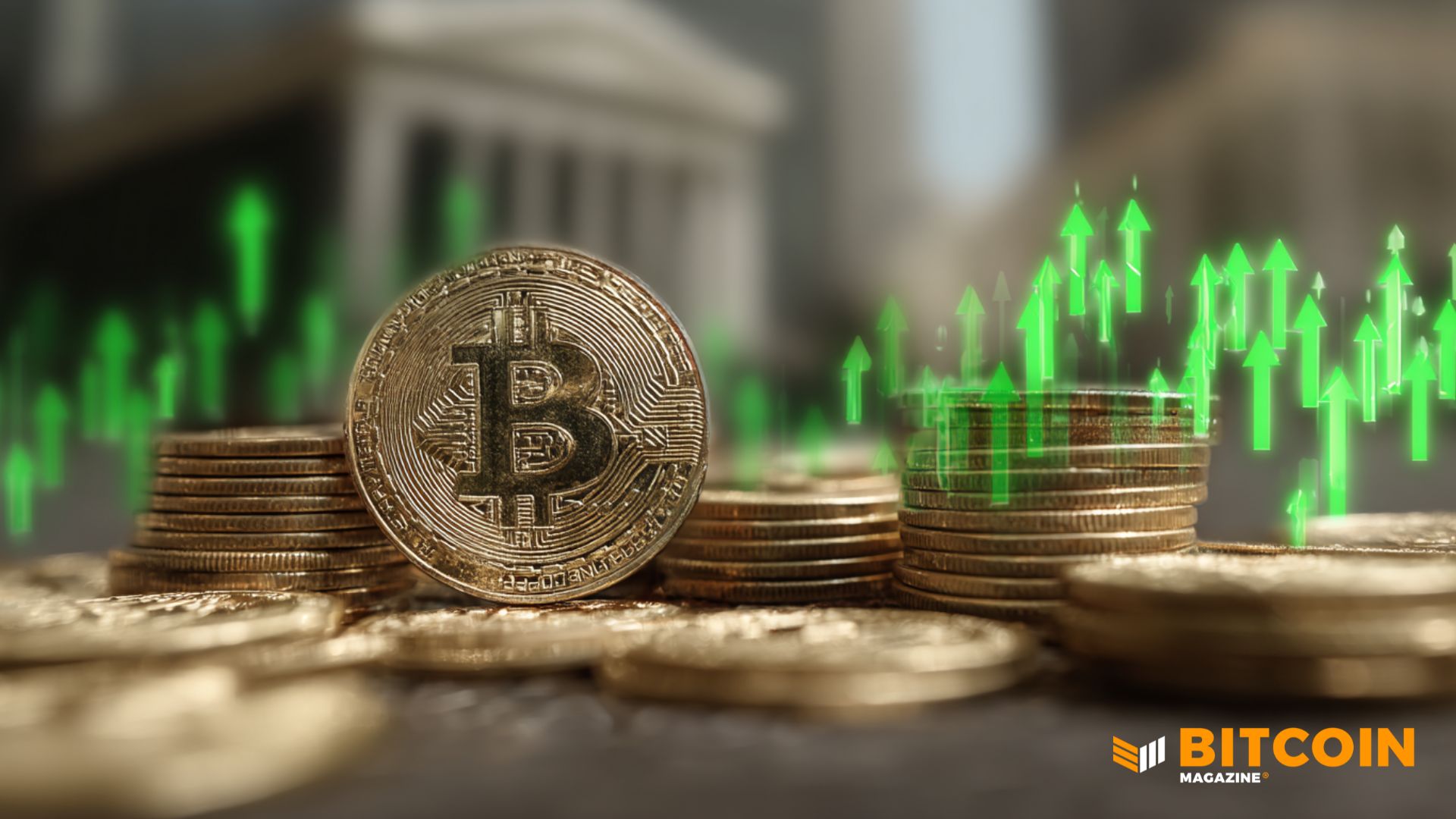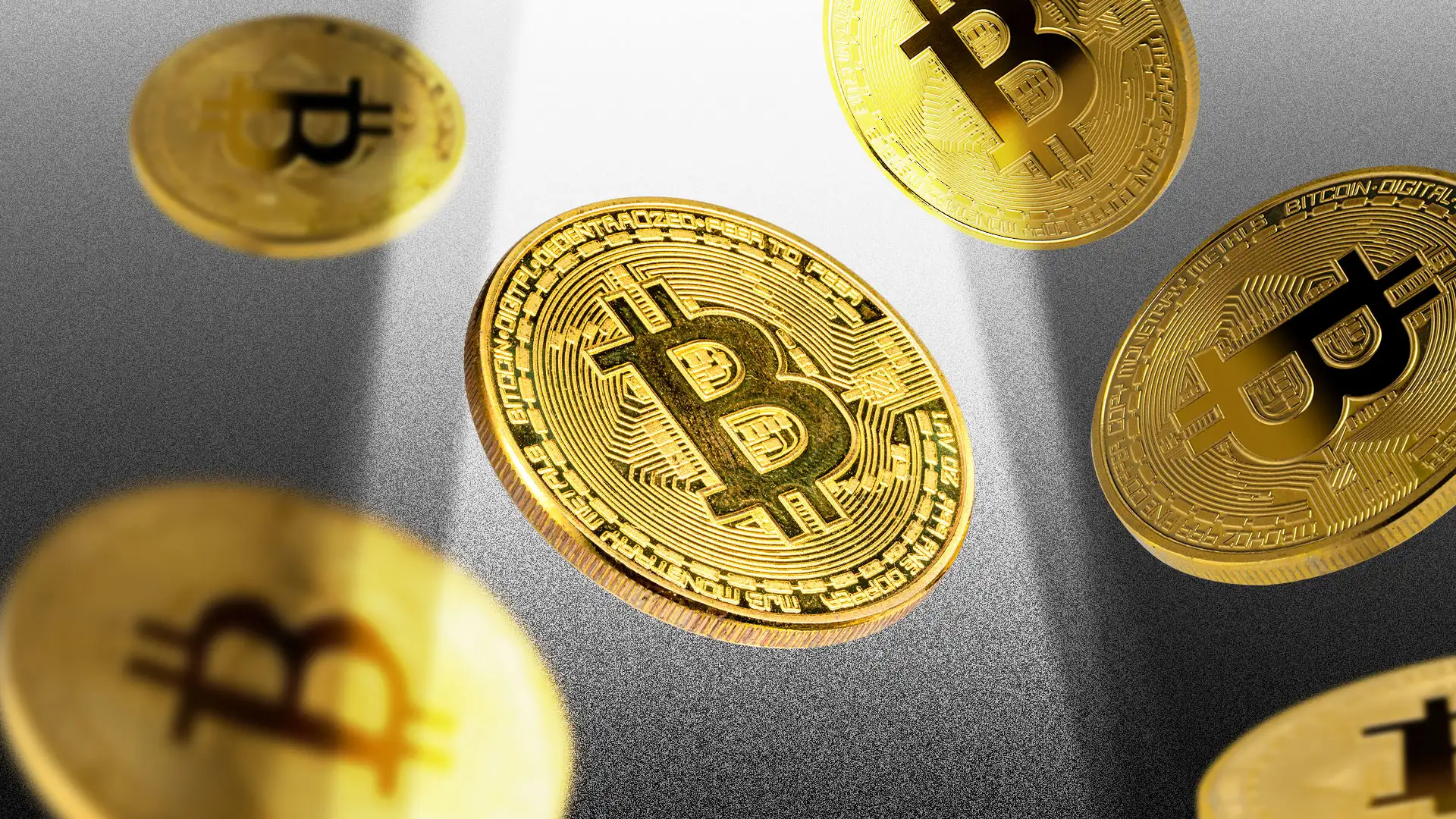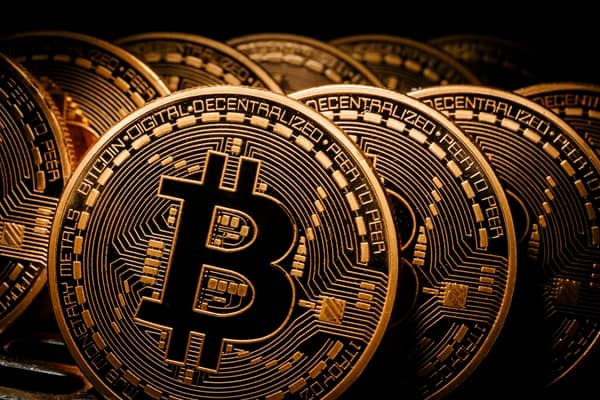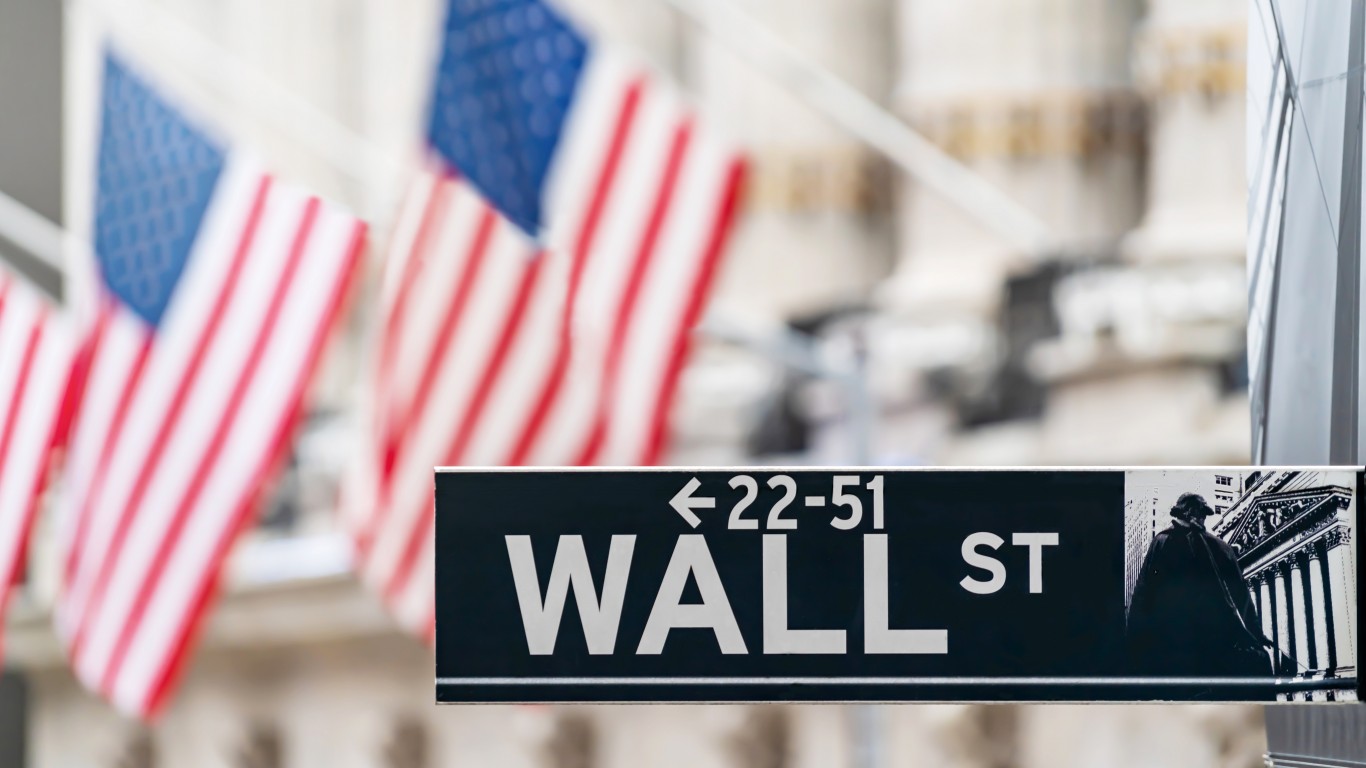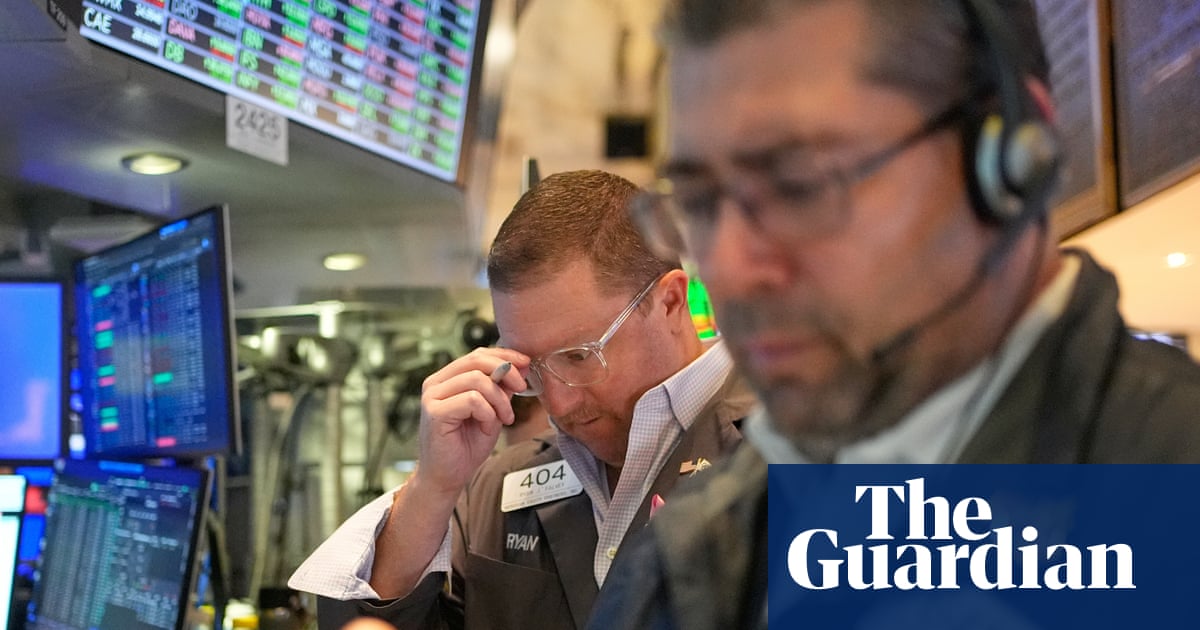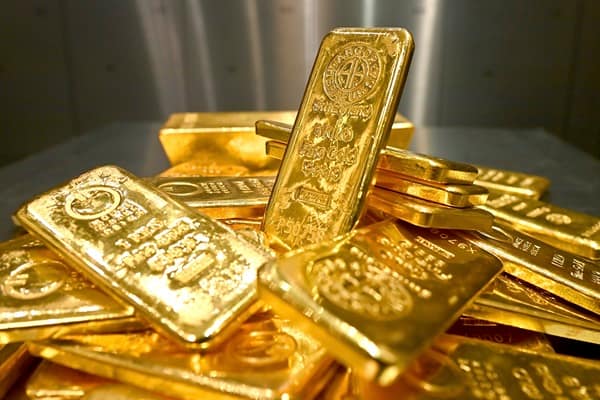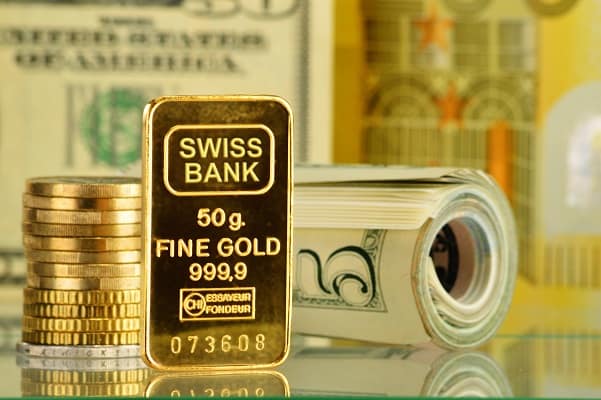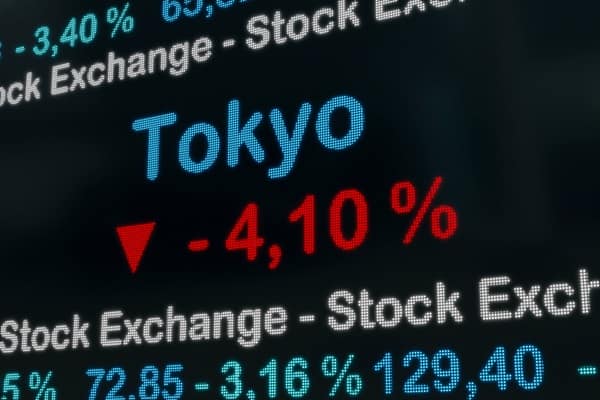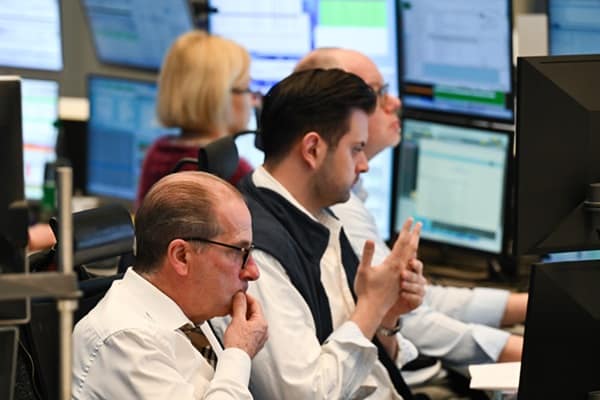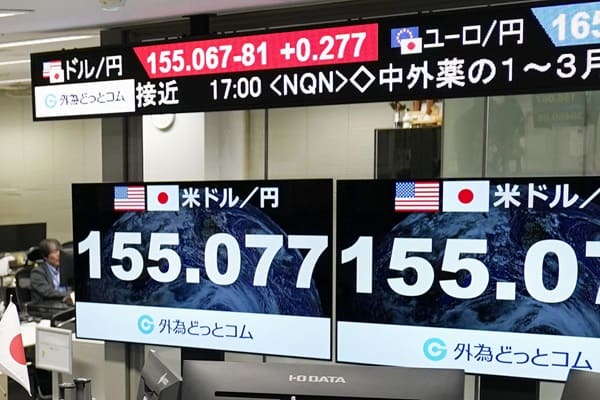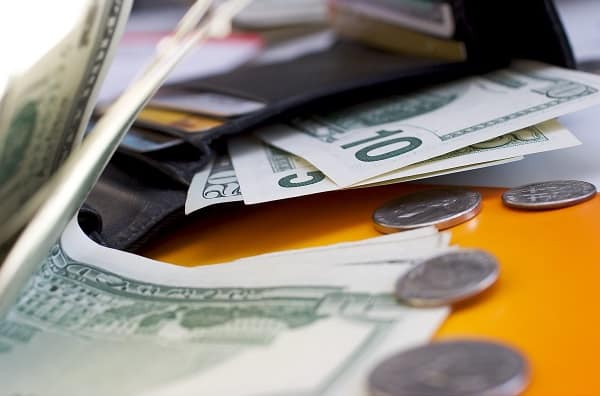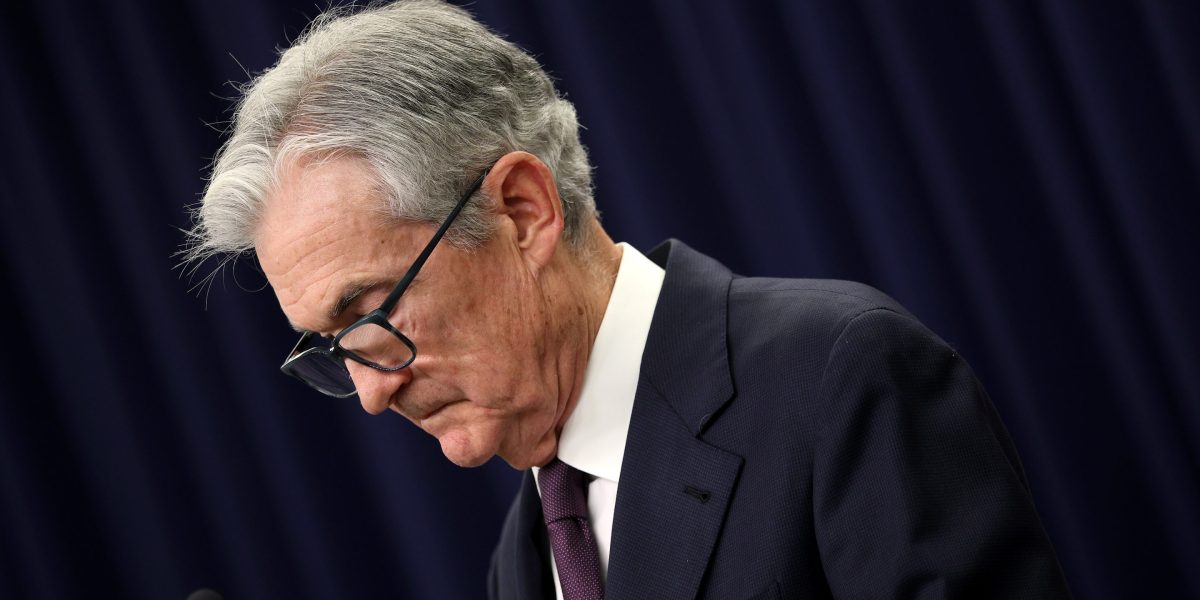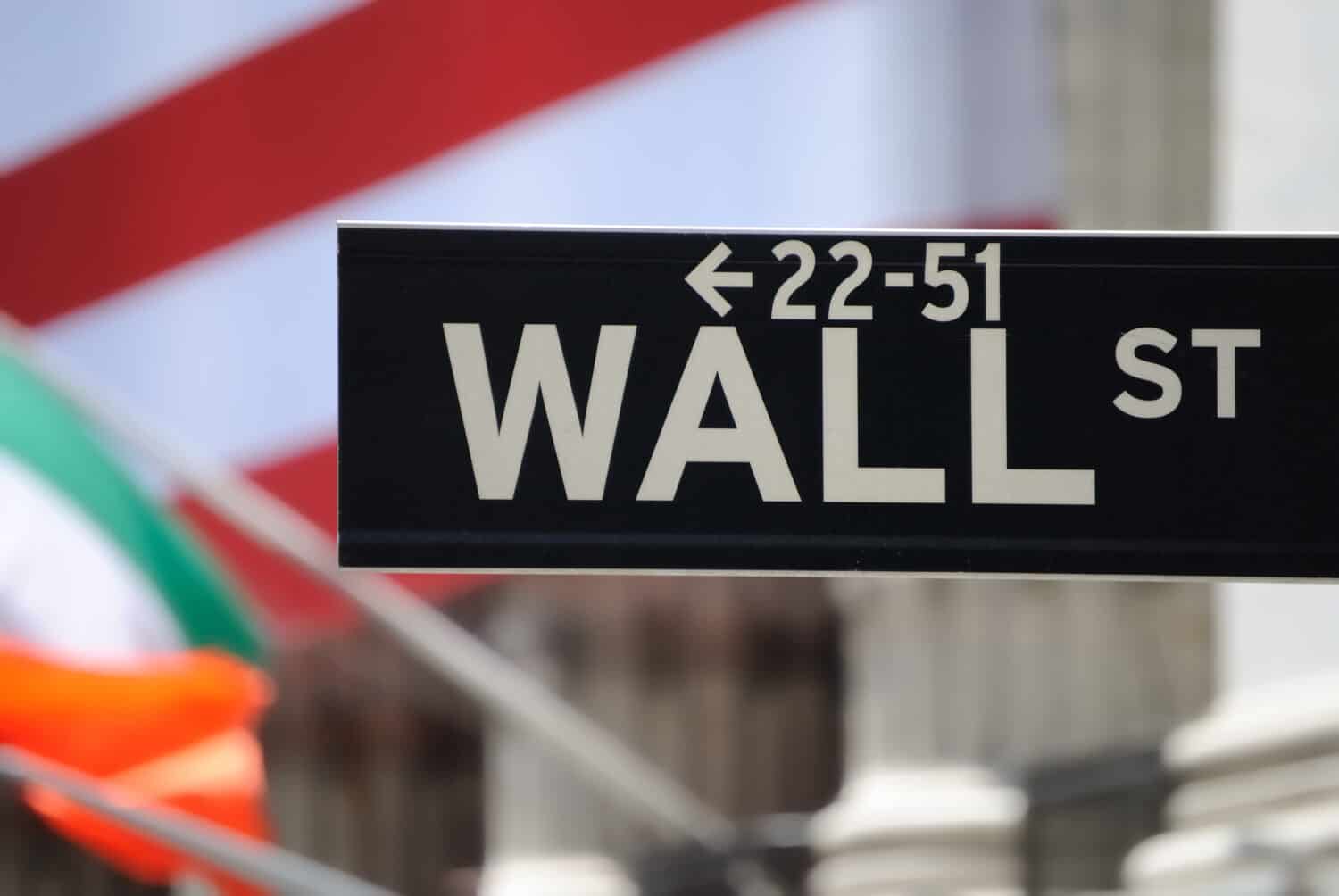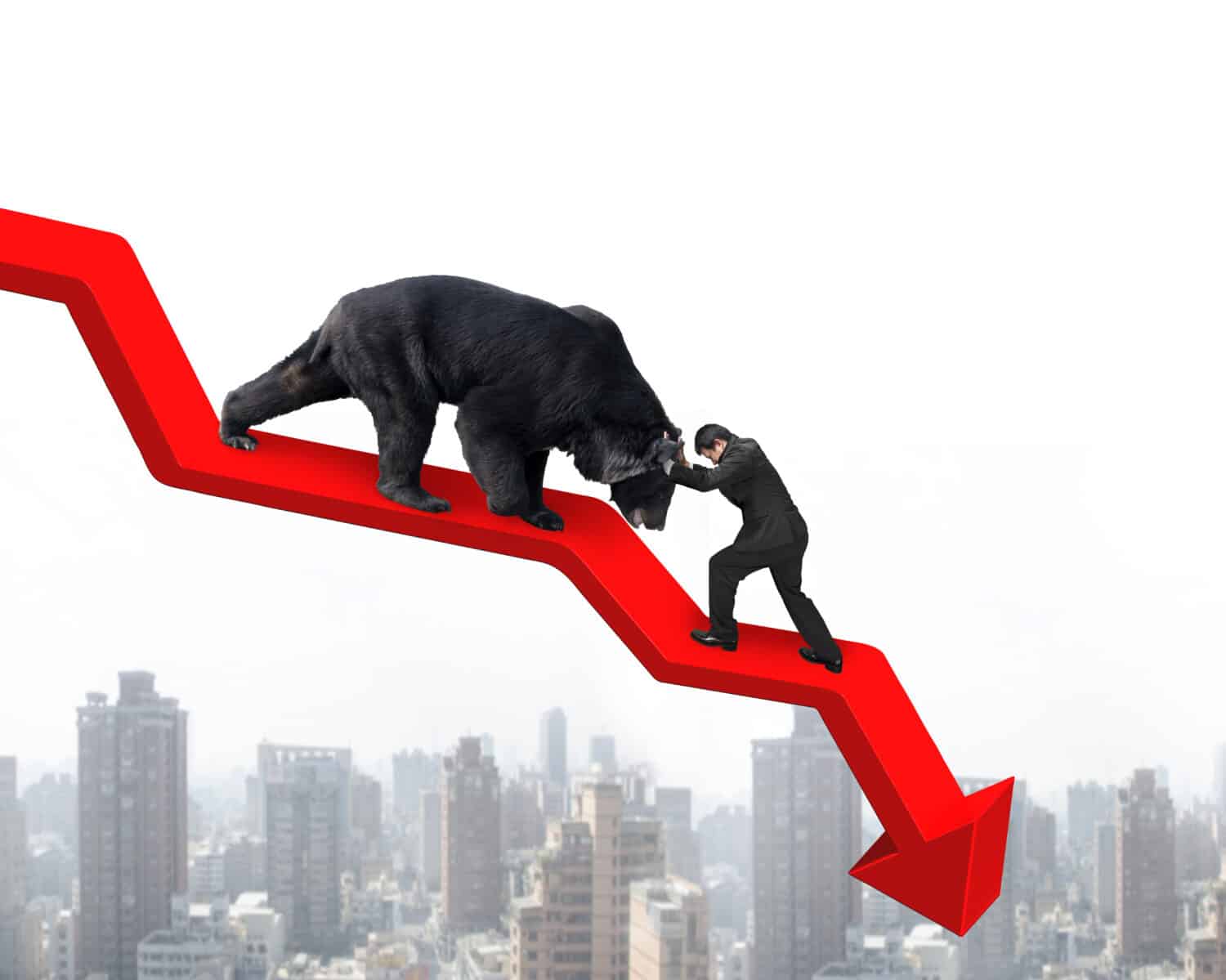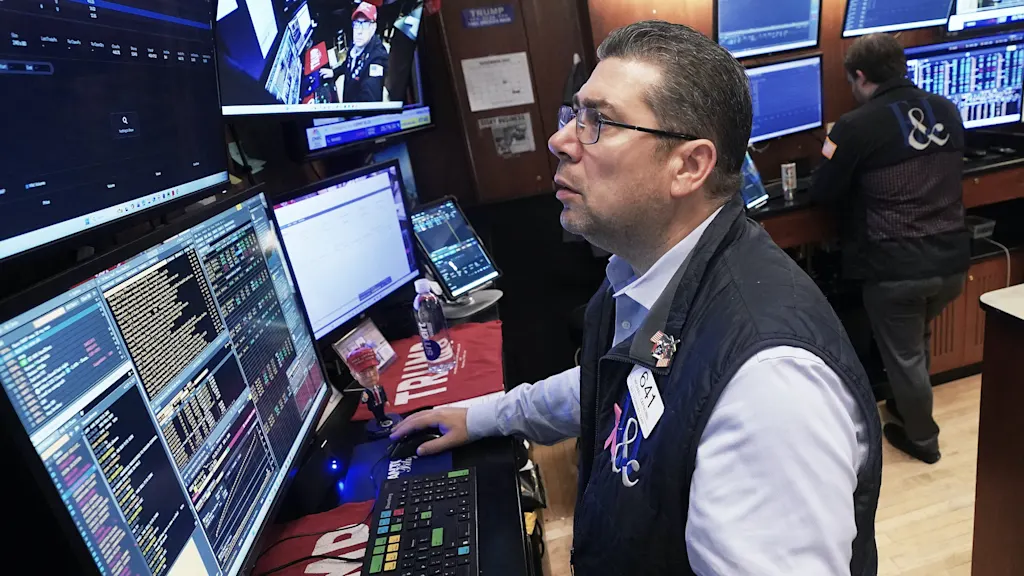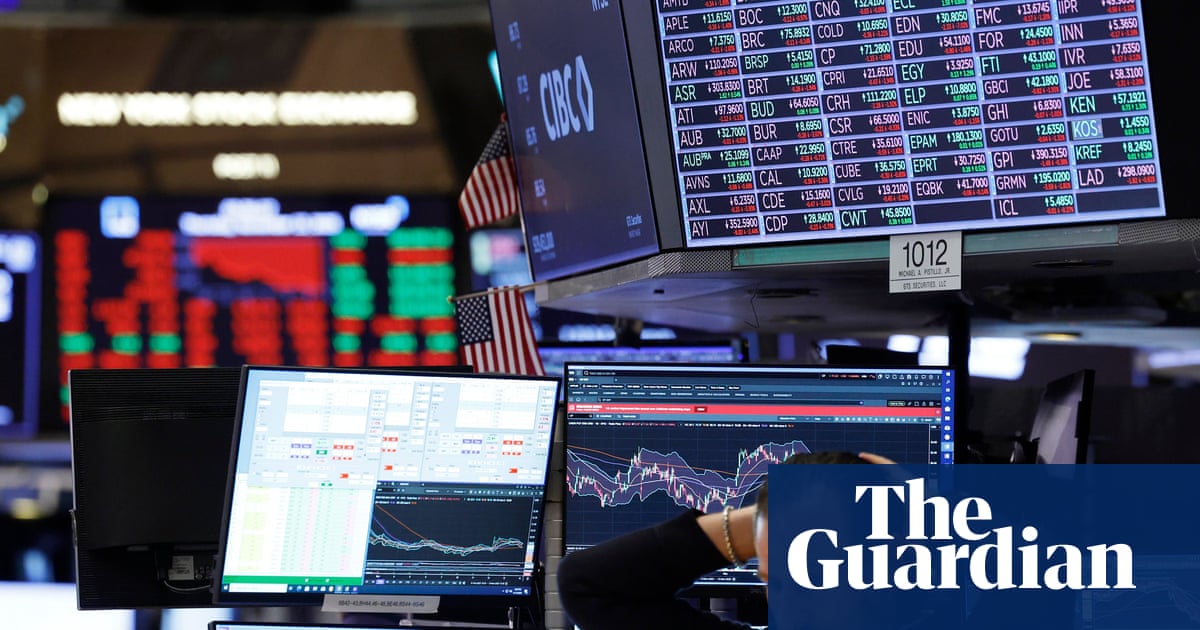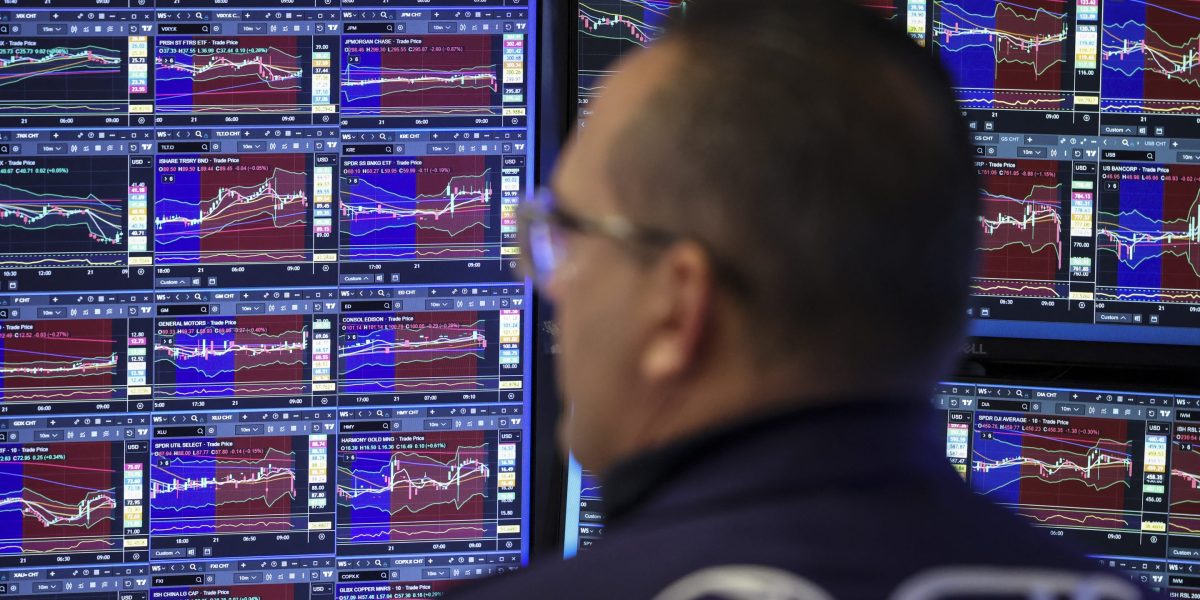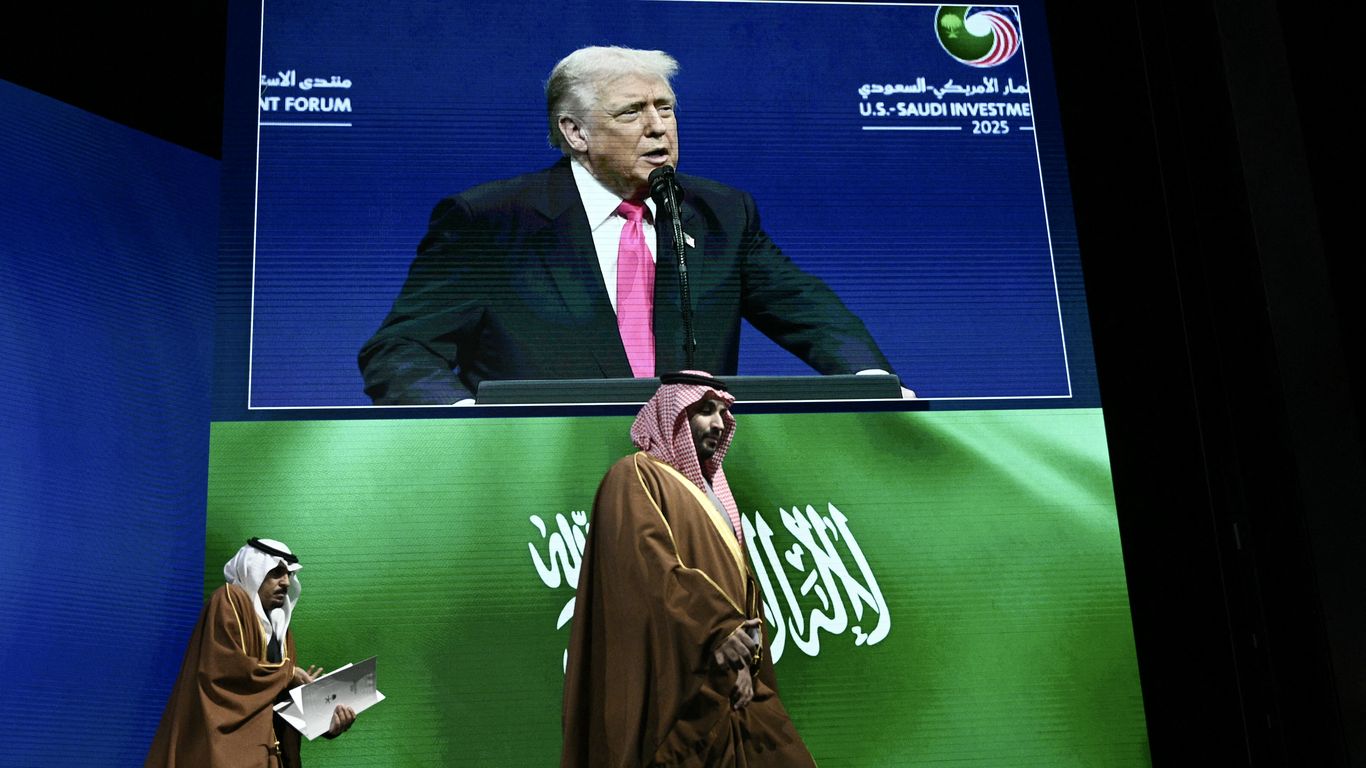#federal-reserve
#federal-reserve
[ follow ]
#interest-rates #bitcoin #treasury-yields #monetary-policy #gold #us-dollar #stock-market #mortgage-rates
fromThe Atlantic
4 days agoThe Court Has an Easy Answer on the Fed
In its sweeping Trump v. Wilcox decision in May, the Court ruled that the president "may remove without cause" officials in administrative agencies-a decision grounded in the Court's ringing endorsement of the so-called unitary executive. An elementary application of the unitary-executive theory would allow the White House to interfere, unchecked, with the Fed-just as the Court has empowered Trump to gut every other federal agency.
US politics
fromFortune
4 days agoScott Bessent wants the era of Fed-watching to end: He says it's time they 'move back into the background' and make fewer speeches | Fortune
The pressure from Trump may not have been as effective as he'd hoped, with the base rate still at 3.75 to 4%, but the attention on the central bank has remained. On a near-daily basis, markets are reacting to hints dropped by regional Federal Reserve bank presidents, Fed governors, Federal Open Market Committee (FOMC) meeting notes, and data which may colour the decision-making of the group.
US politics
Business
fromLondon Business News | Londonlovesbusiness.com
6 days agoUS stocks are set for a green opening with December rate cut surfacing again - London Business News | Londonlovesbusiness.com
S&P 500 futures rose about 0.5% as optimism for a December rate cut, moderated AI selloff, and diplomatic progress on Ukraine boosted risk appetite.
fromAxios
1 week agoThe funniest possible outcome of the December Fed meeting
State of play: If the leadership triumvirate of chair Jerome Powell, vice-chair Philip Jefferson, and New York Fed President John Williams decide a rate cut is in order, they will surely be joined by the three Trump-appointed governors on the committee (Michelle Bowman, Stephen Miran, and Christopher Waller). But that only gets them to six votes of the 12 voting members of the FOMC. They need a seventh for a majority. Where, oh where, will the seventh vote come from?
US politics
fromFortune
1 week agoThe stock market's 'fear gauge' spiked to its highest level since Trump's 'Liberation Day' tariffs caused a global selloff | Fortune
The VIX, for those unfamiliar, measures expected 30-day volatility in S&P 500 options, essentially tracking how much investors will pay to protect against market swings. Readings above 20 signal heightened anxiety; readings above 40 often mark crisis points. On April 8, the VIX peaked at 52.33 after Trump's tariff announcement sent global markets into freefall. Thursday's spike stemmed from different concerns.
Business
fromLondon Business News | Londonlovesbusiness.com
1 week agoUS non-farm payroll: Coal for Christmas - London Business News | Londonlovesbusiness.com
US job growth blew past expectations in September painting a rosy pre-shutdown picture and delivering the largest jobs gain in 5 months. Despite the data already being out of date, this will be the only major jobs release prior to the Fed's end of year meeting. Given the Fed minutes showed hesitancy within the ranks when it comes to a final interest rate cut in 2025, the strength of this jobs report will likely ensure nothing changes.
US news
fromwww.mediaite.com
1 week agoI'd Love to Fire His A**!' Trump Declares That Fed Chair He Appointed Has Mental Problems'
Mortgage rates are down despite the fed. I mean, Scott, you've got to work on this guy. He's got some real mental problems. There's something wrong with him. Be honest. I would love to fire his ass. He should be fired. Guy is grossly incompetent. And he should be sued for spending $4 billion to build a little building. I'm building a ballroom that's going to cost a tiny fraction of that and it's bigger than the whole thing put together.
US politics
fromLondon Business News | Londonlovesbusiness.com
1 week agoDollar steady ahead of FOMC minutes and key jobs data as traders brace for volatility - London Business News | Londonlovesbusiness.com
The dollar index was stable on Wednesday, as investors awaited new catalysts that could shape the Federal Reserve's monetary policy trajectory. The FOMC minutes later today and Thursday's delayed nonfarm payrolls report are set to influence sentiment and shift expectations for the December Fed meeting. US Treasury yields reflected that uncertainty, with muted moves across the curve and the 10-year hovering near 4.12%.
US news
fromwww.housingwire.com
1 week agoFormer Fed Governor Kugler violated trading rules, filings show
A Fed official told Reuters that before resigning, Kugler asked Fed Chair Jerome Powell for a waiver to fix the disclosure issues and address investing rule violations tied to her spouse's trades including individual stock transactions and trades made around Fed policy meetings. The request was reportedly denied. As a result, Kugler missed a July 2025 Federal Open Market Committee (FOMC) meeting for personal reasons and, shortly after, resigned on Aug. 1.
US politics
Miscellaneous
fromLondon Business News | Londonlovesbusiness.com
1 week agoEuro slightly softer as dollar firmness and mixed eurozone signals keep investors cautious - London Business News | Londonlovesbusiness.com
Euro slightly lower versus dollar as a resilient greenback and possible dovish ECB expectations cap euro upside amid mixed data and political tensions.
fromBusiness Insider
2 weeks agoFormer Fed official Adriana Kugler's stock trades trigger ethics referral to inspector general
A newly public financial disclosure filing has put a spotlight on the stock trades of one of the Federal Reserve's recently departed governors. Adriana Kugler - who stepped down from her post as the Fed's governor in August after being appointed in 2023 - filed a financial disclosure form that ethics officials declined to certify and referred to the central bank's inspector general's office for review.
US politics
Business
fromFortune
2 weeks agoButchered jobs and inflation data may add fuel to the fire of uncertainty already blazing in the markets | Fortune
Global markets fell as uncertainty over a potential December Fed rate cut and incomplete U.S. economic data from a government shutdown drove heightened volatility.
Business
fromLondon Business News | Londonlovesbusiness.com
3 weeks agoDollar holds near multi-month high ahead of ADP and ISM data - London Business News | Londonlovesbusiness.com
Dollar steadies as markets await labour and services data that will influence Federal Reserve policy expectations, affecting yields and December rate-cut odds.
fromAxios
3 weeks agoGovernment data blackout is fueling the Fed's rate cut rift
"If you ask me, could [the absence of data] affect the December meeting?" Powell said last week in his news conference. "I'm not saying it's going to, but, yeah, you could imagine that." "What do you do if you're driving in the fog? You slow down," he said. "I don't know how that's going to play into things. ... But there's a possibility that it would make sense to be more cautious about moving. ... I'm not committing to that; I'm just saying it's certainly a possibility that you would say, 'We really can't see, so let's slow down.'"
US news
[ Load more ]
